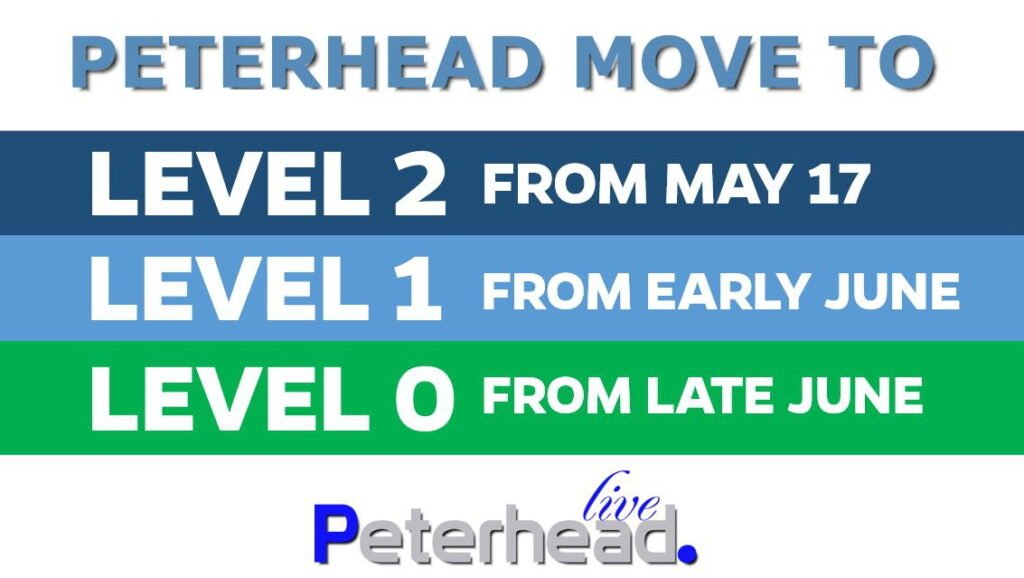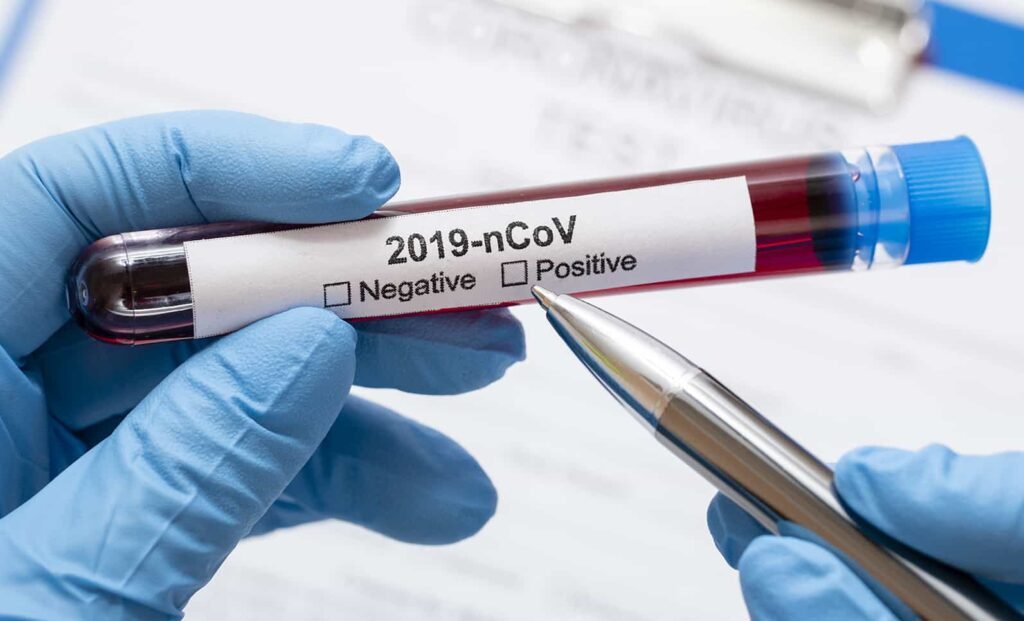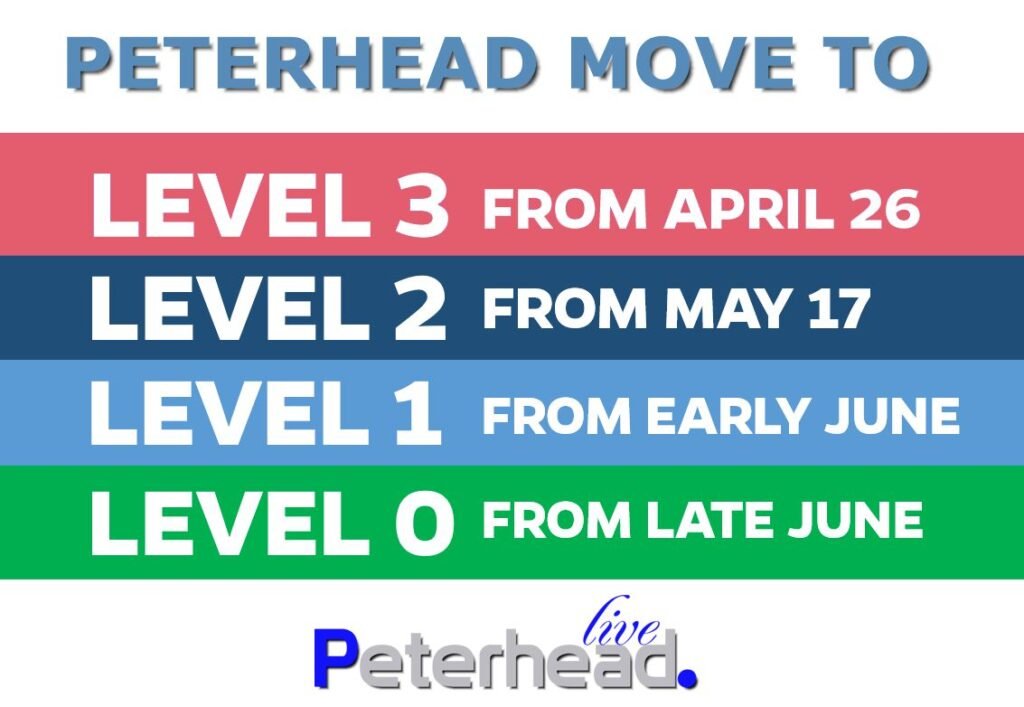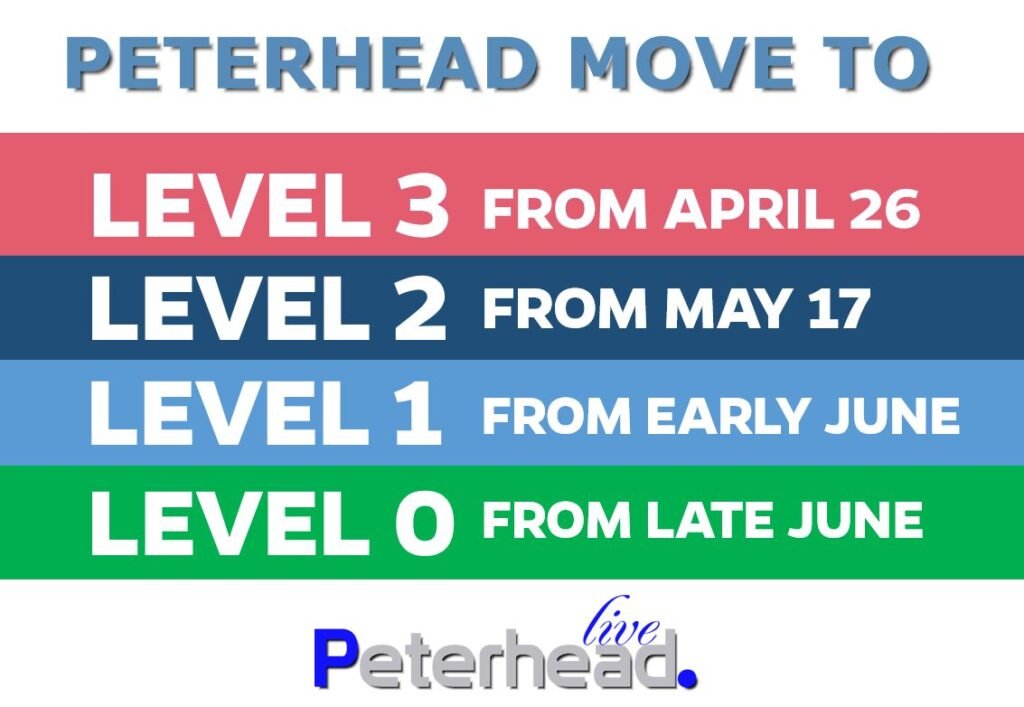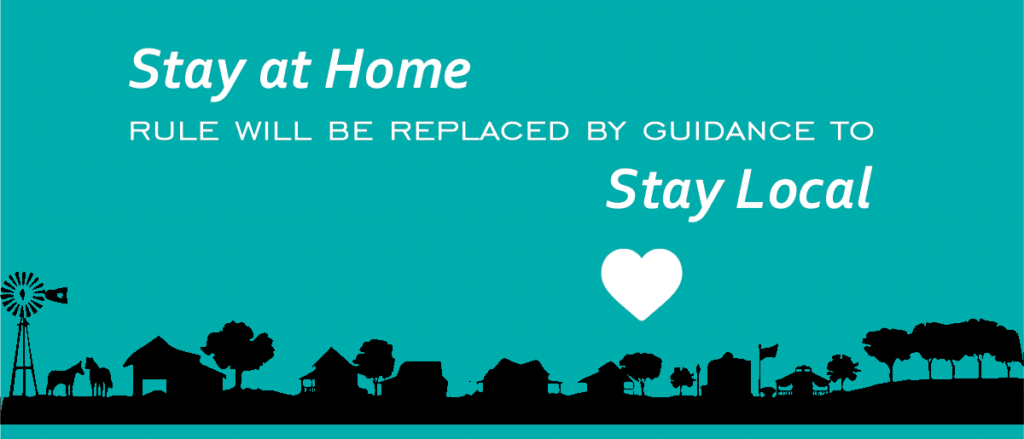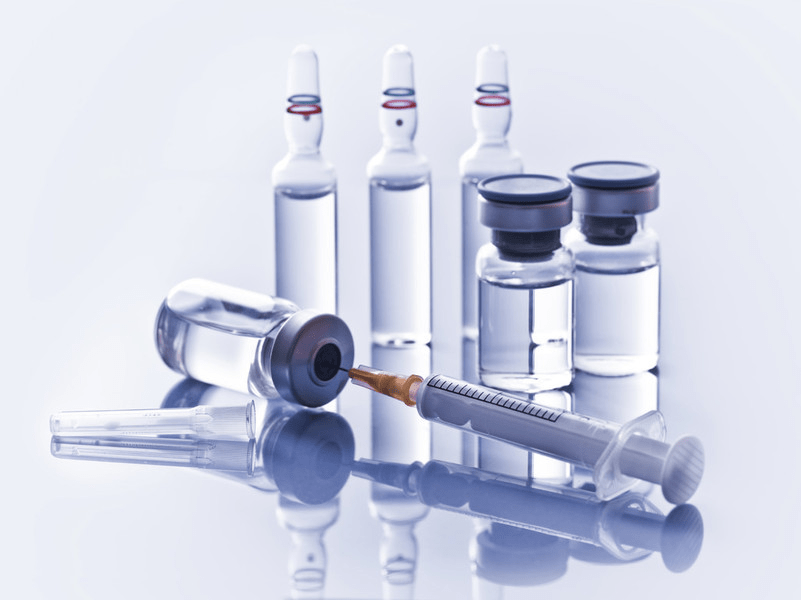Coronavirus Scotland, Nicola Sturgeon statement on 15 June 2021
Statement given by the FM Nicola Sturgeon on Tuesday 15 June 2021, about Coronavirus Scotland.
The easing of Coronavirus Scotland restrictions is likely to be pushed back by three weeks, First Minister Nicola Sturgeon has said.
The whole country had been due to move to the lowest level zero of its five-tier system from 28 June.
However Ms Sturgeon told MSPs that this was likely to be be delayed by three weeks so that more people can be vaccinated against the virus.
The Coronavirus Scotland case rate is five times higher than it was in early May.
Ms Sturgeon said that “we need to buy sufficient time for vaccination to get ahead and stay ahead of the virus, and that is the reason for caution at this juncture”.
She added: “Doing that will give us the best chance, later in July, of getting back on track and restoring the much greater normality that we all crave”.
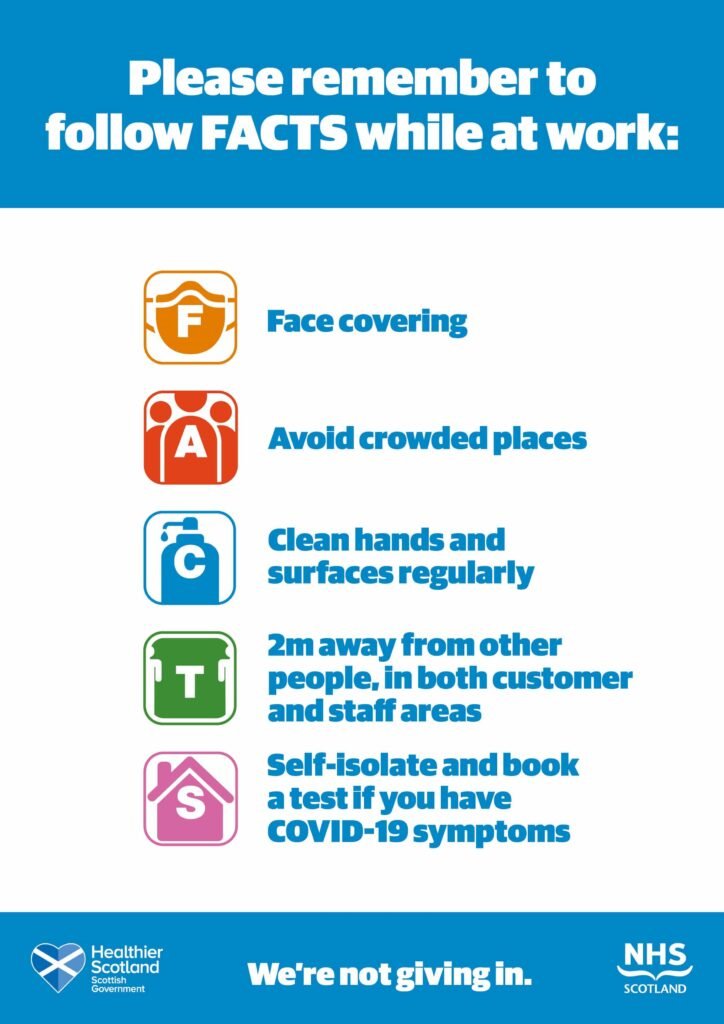
Thank you Presiding Officer.
At the outset today, I want to confirm that there will be no changes this week to the Covid levels of protection that currently apply to different parts of the country
I will say more about that later, and also look ahead to the more substantive three weekly review that I will set out to Parliament a week today – which is as scheduled ahead of the 28 June, when the next scheduled change, and a move to level 0 for the whole country, was expected to take place.
Firstly, though, I will give a general summary of the current course of the pandemic, starting with today’s statistics.
The total number of cases that were reported yesterday was 974, which is 5% of the total number of tests. That means the overall number of confirmed cases is now 248,515.
137 people are currently in hospital – which is nine more than the number yesterday. And 17 people are receiving intensive care right now. And that is the same number as reported yesterday.
I also regret to say that two further deaths were reported yesterday.
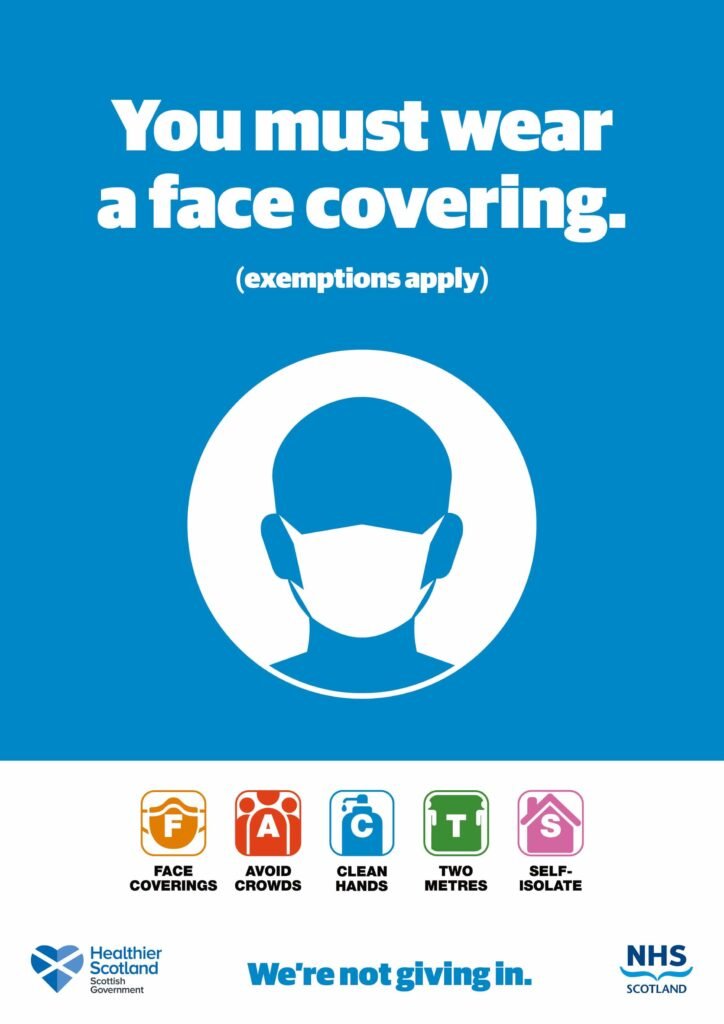
That takes the total number of deaths registered, under the daily definition, to 7,683.
And once again, I want to send my condolences to everyone who has been bereaved over the course of the pandemic.
I will also provide an update on the vaccination programme.
However, because of a technical issue at Public Health Scotland this morning, I would ask members to note that the figures I am about to give are likely to under-report yesterday’s vaccination performance.
However, on the basis of the information I do have at this stage, I can confirm that as of 7.30 this morning, 3,531,461 people had received their first dose of the vaccine, which is an increase of 13,793 since yesterday.
And in addition, 23,347 people received a second dose yesterday, and that brings the total number of second doses now to 2,470,181. But I would ask people to remember that those figures are likely to under-report the number of vaccinations that were reported yesterday, and we will update that as quickly as possible.
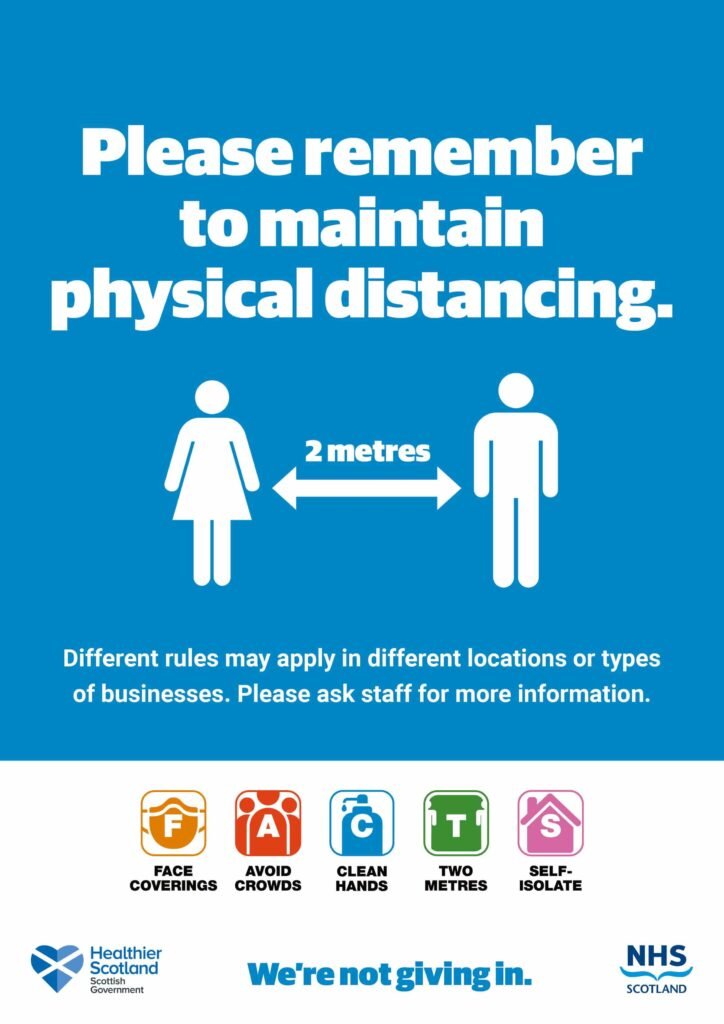
As is clear from the update I’ve just given on the range of statistics, cases do continue to rise. 6,651 new cases have been reported over the course of the past week – that compares to a total of 5,475 in the week before that. So cases have risen by more than one fifth in the last week, and they are now more than five times higher than the situation in early May.
That reflects the fact that the faster transmitting Delta variant is now common across Scotland, and accounts for the overwhelming majority of new cases being reported at that stage.
Now it’s important to point out, given the risk for example of long Covid, we should never be complacent about a rising curve of infections.
However, as I have indicated before, we do hope that vaccination is increasingly protecting people against serious illness. If this is indeed the case, then our experience of this virus will become different, and our ability to cope with it in a less restrictive way much greater.
That is why we continue to very closely monitor the extent to which the rise in new cases is, or is not, leading to a commensurate rise in the number of people who fall seriously ill and require hospital treatment.
Now, our early data on this point is encouraging, and I will say more about that shortly. But we still need further analysis. in particular to more fully understand the impact of the Delta variant.
To that end, a new study published yesterday by Edinburgh University was instructive. And I’d recommend that members read that. On the one hand, it suggests that the Delta variant is associated with a higher risk of hospitalization than other variants. But on the other hand, it suggests that double dose vaccination continues to provide a high level of protection against infection with and hospitalisation from the virus.
This was underlined by another study published yesterday by Public Health England showing extremely strong protection against hospitalisation after two doses of vaccine.
So in short, all of the evidence so far suggests that while it hasn’t yet been completely broken, vaccination is weakening the link between the rise in new cases and a rise in hospitalisations and serious illness.
There is much in these studies about the impact of vaccination for us to be optimistic about.
And as I said earlier, that is reflected in our own hospital data, which of course is published on a daily basis.
The number of people being admitted to hospital with Covid has fallen from around 10% of reported positive cases at the start of the year, to around 5% now.
In addition, since around the start of May, new cases have increased at a much faster rate than hospital admissions.
We are also now seeing some evidence that the people who require hospital care are – on average – younger than during previous stages of the pandemic.
In the latest week for example the highest number of new admissions was seen amongst people in their 30s and 40s. The next highest number was of people in their 20s. Before the vaccination programme started, people over the age of 50 usually made up the highest number of new admissions to hospital.
Now let me stress, we shouldn’t be complacent about hospitalisation for anyone, no matter what age they are.
But the fact that more of the recent hospital admissions are in younger age groups may mean that fewer of the people being admitted to hospital are becoming seriously ill or requiring intensive care. And that may also help to explain my next point.
Hospital occupancy – which is the total number of people with Covid in hospital at any given time – is not rising at the same rate as either hospital admissions or cases of Covid.
Indeed, while there been an approximate fivefold increase in cases since the start of May, hospital occupancy is around just double what it was at the start of May.
What that suggests is that people are being discharged more quickly and spending, on average, less time in hospital than patients were in earlier phases of the pandemic. And again, while that is encouraging, it’s important to stress that further analysis is needed to confirm this.
Which brings me to the judgments we require to make now and next week.
In short, we are hopeful that vaccination is changing the game in our fight against this virus, and perhaps in a very fundamental way. But the emerging evidence still does need close analysis.
And, more fundamentally – and perhaps this is the most fundamental point of all today – we do need more time to get more people vaccinated with both doses. In the race between the virus and vaccines that we’ve spoken about often, we are increasingly confident that vaccines will win that race. But we mustn’t allow the virus to get too far ahead of it.
The vaccination programme is going exceptionally well. It is being rolled out just as quickly as supplies allow. But there is still a significant proportion of the population that isn’t yet fully vaccinated with two doses.
And to be blunt, that remains our biggest vulnerability at this stage, and it is quite a significant vulnerability when cases are rising at the pace they are.
So, we need to buy ourselves sufficient time for the vaccination to get ahead and to stay ahead of the virus. And that is the reason for caution to be exercised at this juncture.
Of course these issues are also being weighed up by the UK Government, and by the other governments across the UK. And of course the UK Government just yesterday announced a four week delay to its plans for lifting Covid restrictions in England.
The Scottish Government, too, will continue to adopt a cautious approach.
I have already confirmed today that no changes will be made this week to the levels that apply in any part of the country.
Our next full scheduled review of the protection levels will take place next week. And this will consider whether any changes are possible from 28 June onwards – the date when we had hoped we would see the whole country move down to level 0.
Now, I will confirm our decision to Parliament next week, following that review.

However, given the current situation – and the need to get more people fully vaccinated before we ease up further – it is reasonable I think to indicate now that it is unlikely that any part of the country will move down a level from 28 June.
Instead, it is more likely that we will opt to maintain restrictions for a further three weeks from 28 June and use that time to vaccinate – with both doses – as many more people as possible.
Doing that will give us the best chance, later in July, of getting back on track and restoring the much greater normality that we all crave.
To that end, we will also do three other things next week. And I’ll report on all of this this time next week, when I stand here to give a statement.
If our decision is to retain current levels for a further three weeks – and we have to go through the proper process to arrive at that decision – buut if that is the decision, we will consider whether any minor changes are possible.
I am aware very that as restrictions have eased, perceived anomalies have arisen. And I understand how frustrating those can be, even though there will often be a rational explanation for what might appear to be contradictory.
But I can assure members that as part of our ongoing review of the regulations and rules in place, we will consider whether any changes should or could be made to address such issues.
More fundamentally, though, we will publish two pieces of work next week to coincide with the outcome over the review, that look ahead – hopefully not too far ahead – to the restoration of a much greater degree of normality.
This work will be of interest to everyone – but it will have particular interest for the businesses and sectors – including much of our arts and culture sector for example, that still face the greatest uncertainty about what the future looks like.
So firstly, we will publish a paper setting out what we hope life will look like beyond level 0, as we get to the point where we can lift all – or at least virtually all – of the remaining restrictions.
This is important because while we have had to pause the route-map, we do still – and I want to emphasise this point – we do still hope that vaccination will allow us over this summer to move beyond level 0, and back to a much greater degree of normality.
And secondly, related to the first, we will also publish the outcome of our review of physical distancing. Now given the uncertainties of the current situation – in particular the greater transmissibility of the delta variant – we have taken a bit longer to consider this than we had originally planned.
However, I know how important this is for many businesses, in hospitality certainly, but also for theatres and cinemas and the arts more generally, as they all consider how they can operate sustainably over the medium to long term.
So in summary: next week we will, in all probability – although this has to be confirmed after our full review – pause the further easing of restrictions while we press ahead as fast as possible with vaccination, and in particular with double doses of vaccination.
But we will also look ahead in more detail to what we still hope will be possible later in the summer.
I know the current situation is difficult and frustrating for everyone. We all want to see the back of all restrictions as soon as possible.
However, while this setback is not easy, and it’s not welcome for anyone, it is worth remembering that we are living under far fewer restrictions now than was the case just a few weeks ago.
The current situation is not what any of us want. But equally, the current situation is not lockdown as experienced at earlier stages of the pandemic.
And vaccination is – with every day that passes, quite literally – helping us change the game.
On that point, as well as doing all we can as quickly as we can to fully vaccinate the adult population, we are also making preparations for the possible vaccination of 12-17 year olds, should the advice we get from the Joint Committee on Vaccination and Immunisation recommend that.
I can tell the chamber that we are also expecting advice from the JCVI in the coming weeks about whether or not booster vaccinations will be needed during this autumn. So plans are also underway to deliver these if necessary.
The Government has an obligation, one we take very seriously, to ensure that the vaccination programme is delivered as quickly and as fully as possible. And I give an assurance that we will continue to work with health boards and others to meet that obligation.
And despite the difficulties of the current situation, it is vaccination that still offers us real hope for the weeks and months ahead.
Getting people vaccinated is, first and foremost, the responsibility of government.
However, it is also one of the ways in which we can all play a part.
So I’ll end by highlighting again the three key things we all need to do to help keep us on the right track overall as we emerge from the pandemic.
The first of these is vaccination. Please make sure that you get vaccinated when you are invited to do so. And please make sure you attend for both doses. All of the evidence tells us that that is absolutely crucial.
If you need to re-arrange an appointment; or if you think you should have had an invitation by now, and you want to check up on that; you can go to the vaccinations section of the NHS Inform website.
If you had your first dose of the vaccine eight weeks or more ago, check on the website to see if you can bring your second dose appointment forward. From next week, health boards will start to routinely second doses to bring them into the eight week cycle, rather than the 12 week cycle.
Getting vaccinated is in our own best interests. It makes it less likely that we’ll become seriously ill from Covid, but it also helps us protect each other. So when it is your turn, please get the jags.
Secondly, please get tested regularly. Free lateral flow tests are available through the NHS inform website so that you can take a test twice a week. You can have them sent to you in the post, or you can collect them from local and regional test sites. And also now, lateral flow devices can be collected from community pharmacies.
So if you haven’t ordered the tests yet, I would strongly encourage you to do so.
The more of us who take tests regularly, the more cases we will find, and the more we can break chains of transmission.
And of course if you test positive, please make sure that you self-isolate, and get the result confirmed through a PCR test. That is important.
If your children are asked to self-isolate by their school, please ensure that they do that. That means staying at home, not just away from school.
I know that that it is hugely frustrating when that happens – and I want to assure parents that as part of our wider work, we are considering whether and to what extent the requirement for young people to isolate can be significantly reduced in future, particularly as we look ahead to a new school term.
But, for now, to anyone who is currently helping a child to self-isolate, thank you. I know it is frustrating and hugely disruptive.
But it also is an important way, at this stage, to help keep schools as safe as possible, and of course to keep as many of them open as we head towards the summer holidays.
And finally, I’d ask everybody to continue to stick to the rules where you live, and follow the public health advice.
This is still important. The virus is still out there, and for all the success of the vaccination programme, it is still resulting in hospitalisation for some people. And of course, Long Covid is still a risk.
So please meet outdoors as much as possible. No environment is ever entirely risk free, but meeting people outdoors we know poses much less risk than meeting indoors.
But if you are meeting people indoors, please stick to the limits and make sure the room is as well ventilated as possible. That obviously includes if you’re meeting indoors to watch the football over the next few weeks.
And please continue to follow advice on distancing, hand-washing and face coverings.
So in summary, we continue to ask everybody to get tested, to get vaccinated when you’re asked to do so, and continue to follow the public health guidance.
If we all do that – it is not easy, it is tiresome for everybody – but if we all do that we will help to get things back under control while the vaccination programme continues to do its work.
And that will help keep ourselves and each other safe. And I hope, really hope that not notwithstanding the current frustrations, it will allow us to move to much greater normality, with far fewer restrictions, as we go further into this summer.

